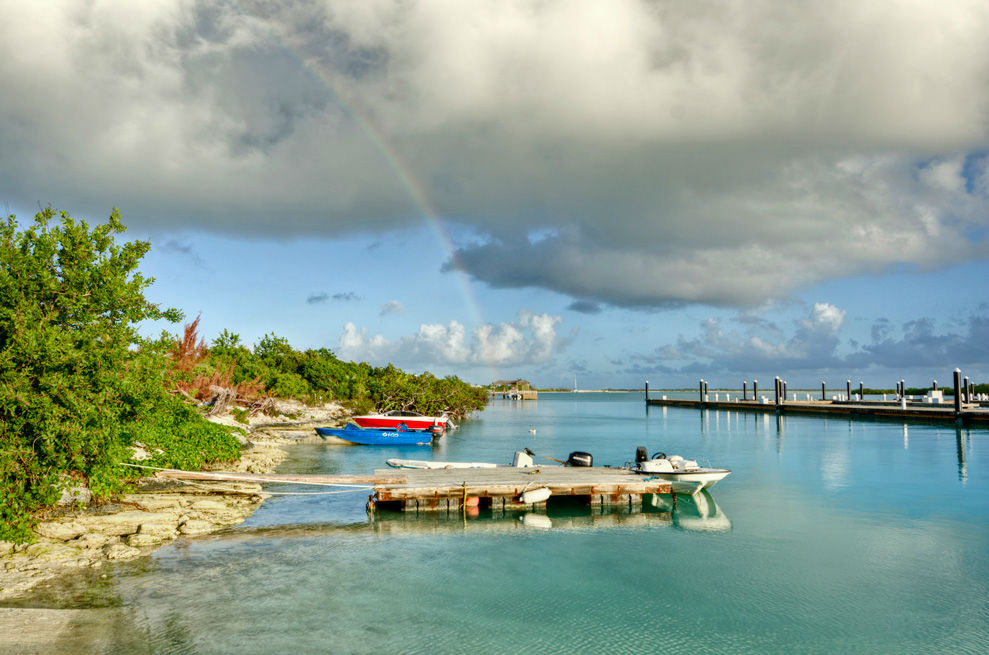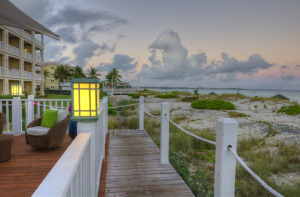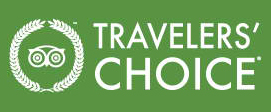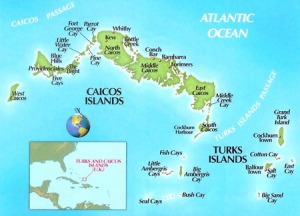Turks and Caicos
Turks & Caicos the Number 1 Beach in the World!

I occasionally write an article on Turks and Caicos and post it on my blog. All my Turks and Caicos related articles can be found here… “Turks And Caicos Blog“
The History of Turks and Caicos
The Revolutionary War Helped Shape the Turks and Caicos Islands
The people of Turks and Caicos are just as diverse as the islands themselves. While first discovered by Juan Ponce de Leon of Spain, the island chain has largely been a British territory since 1764.
Bermudans first came to Grand Turk and Salt Cay in the 1600s to rake salt. The industry flourished for the next 300 years, providing the salt that Americans settlers needed to preserve their food.
During the American Revolution, the Turks and Caicos played a relatively unknown role. Despite being a British Colony, salt merchants sold their product to George Washington’s Revolutionary Army.
In February of 1783, the French captured Grand Turk Island and its rich salt reserves. However, the occupation was short lived. The Turks and Caicos Islands were returned to British control under the terms of Treaty of Paris, which was formally ratified later in 1783.
In the wake of the American victory, Britain gave loyalists grants in the Turks and Caicos Islands as compensation for the land they lost in America for failing to pledge their allegiance to the new country. Most of the settlers hailed from Georgia and South Carolina and had served in the British military. The higher the rank of the officer, the larger the grant of land he received.
The loyalist brought their slaves with them to the islands and built plantations for growing cotton or fruit and raising cattle. According to the Turks and Caicos National Museum, 40 families with around 1200 slaves had settled in the Turks and Caicos Islands by 1793.
As further detailed in historical accounts, “ . . . men of capital, brought their families, slaves, livestock, knowledge of plantation cultivation, arts and crafts, musical instruments, books and all else needed to create a self-contained home life and farming hierarchy in this new British community.”
In 1813, a devastating hurricane blew through the Caribbean. The destruction forced many loyalists to abandon their plantations. After being further tested by years of insect infestation and soil depletion, most abandoned their slaves and left the islands. Those who remained continued to operate their plantations until slaves were emancipated in 1834.
While historical records help tell the stories of these early settlers, there is little evidence of their existence remaining on the islands. The main house of the Cheshire Hall plantation remains in the heart of Providenciales. However, much of the site has been lost to development. More remote sites on North Caicos, including the Wades Green Plantation, are in the process of being excavated and preserved.
The Alexandra Resort
“The Alexandra Resort on Grace Bay, Providenciales is a home away from home.”



“Traveler’s Choice 2012, picks Providenciales beach in Turks & Caicos as the number 1 Beach in the World! This has been my family’s summer destination for many years. I highly advise all to take a trip. It’s a breath taking experience.

